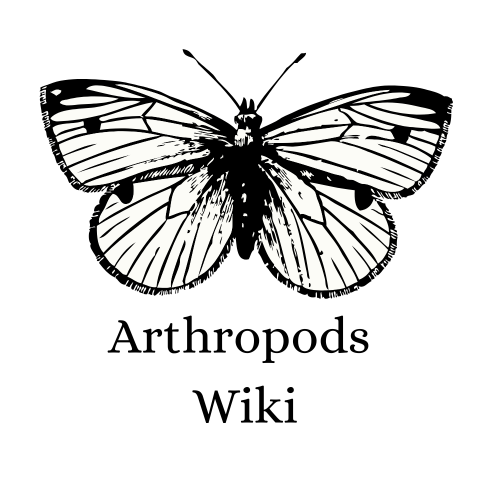Collecting insects is a fascinating hobby. Although it can be an end in itself, an insect collection is usually a necessity for anyone who is, professionally or otherwise, engaged in the study of entomology.
Specimens must be identified and, in the case of published research, evidence specimens must be kept, so that should later any doubt arise about which species was studied, this question can be resolved.
Ethical collecting[]
Collection should be done in an ethical way - insects of which the population is under threat should not be collected. The chance of this is usually slim, but for some of the more spectacular beetles and butterflies collecting can be a significant pressure on the population. If you take it upon yourself to catch and kill an insect, you assume a moral obligation to see that the specimen is properly conserved, kept with proper labeling data, and that the collection is left to a museum when you are no longer there to look after it. If the museum is to profit at all from your donation, you should adhere to scientific standards when making your collection. In some countries collection of some or all species may be subject to legal restrictions.
Specialization[]
Although most beginners start by grabbing any insect they can lay their hands on, usually after a time a special interest in a specific group develops. Beetles are popular, both because they are more easily caught than many other orders and because of their extraordinary diversity in form, size and colour. They also keep their shape well when dried in a collection. Butterflies are of course the most popular group with beginners.
The field of entomology is so wide that it is impossible to become an expert on all species. Insect identification is laborious and requires at times the use of a stereo microscope. Lists and tables (keys) to aid in identification usually concern only a small group. There are usually no books to help you identify all insects found even in a small area. The standard work about beetles in Europe, by Freude, Harde, and Lohse, Die Käfer Mitteleuropas, takes more than 12 volumes and costs well over 2000 euros ($2500) just to describe the about 8000 species of beetles found in Central Europe. There are about half a million described species of beetles in the world.
